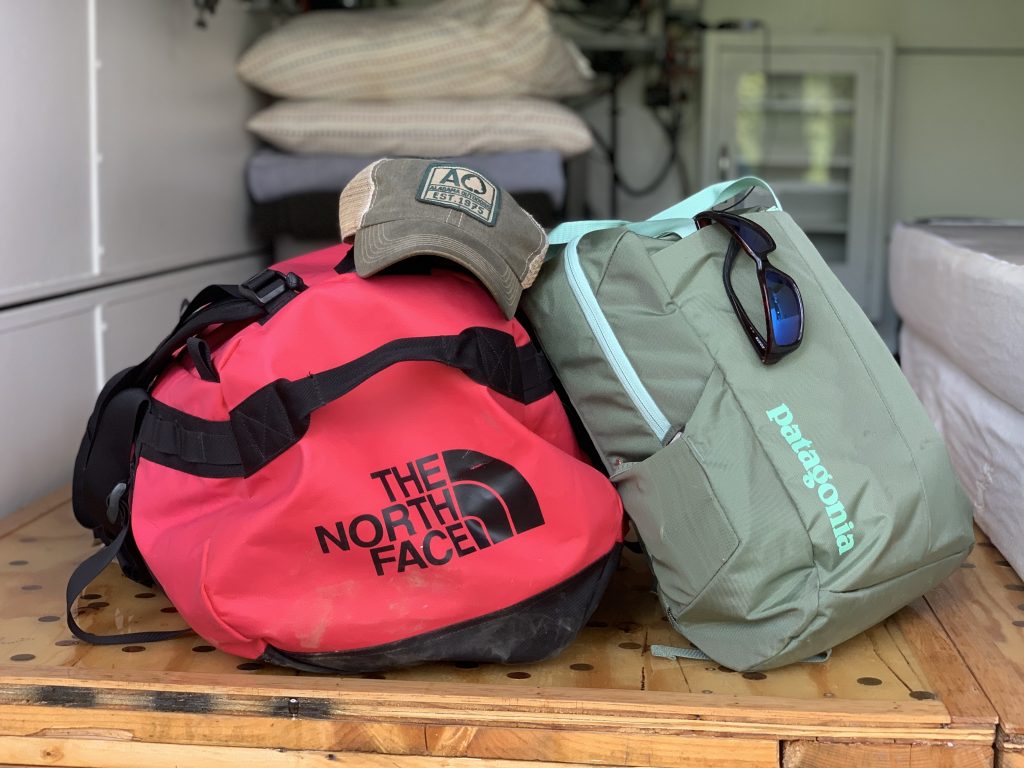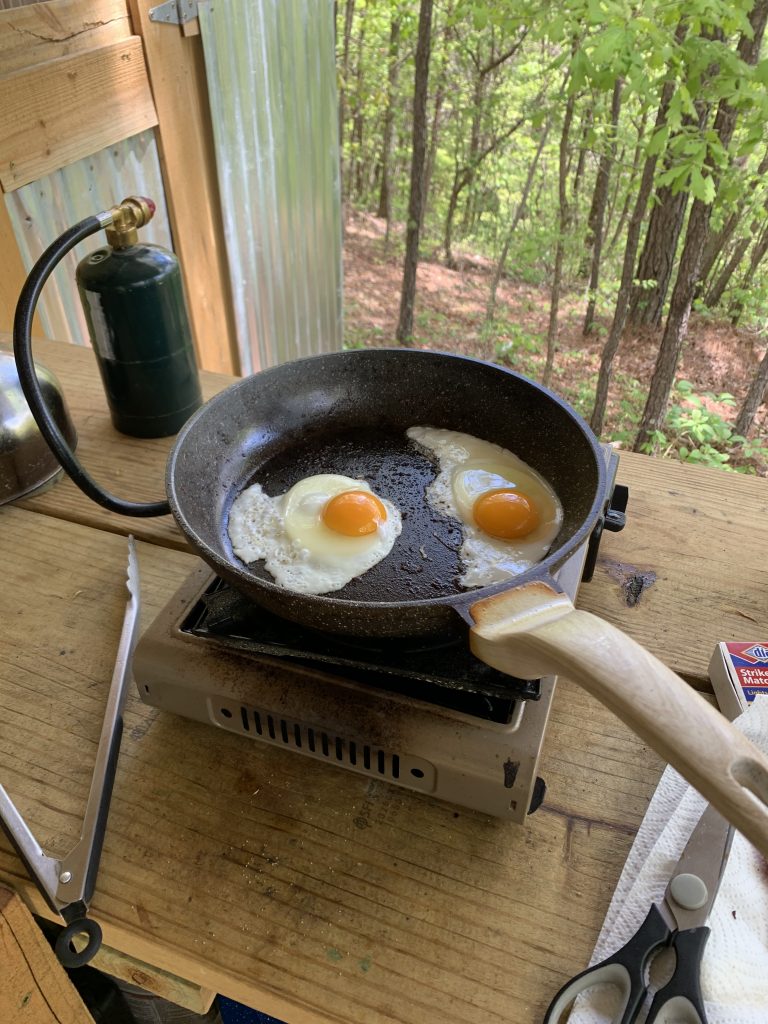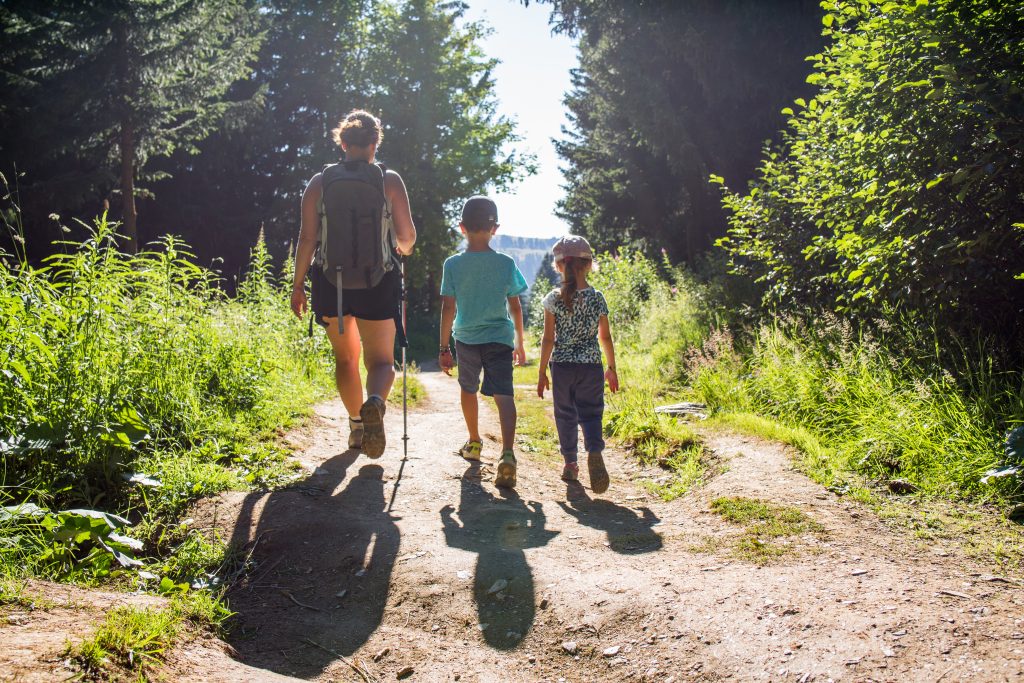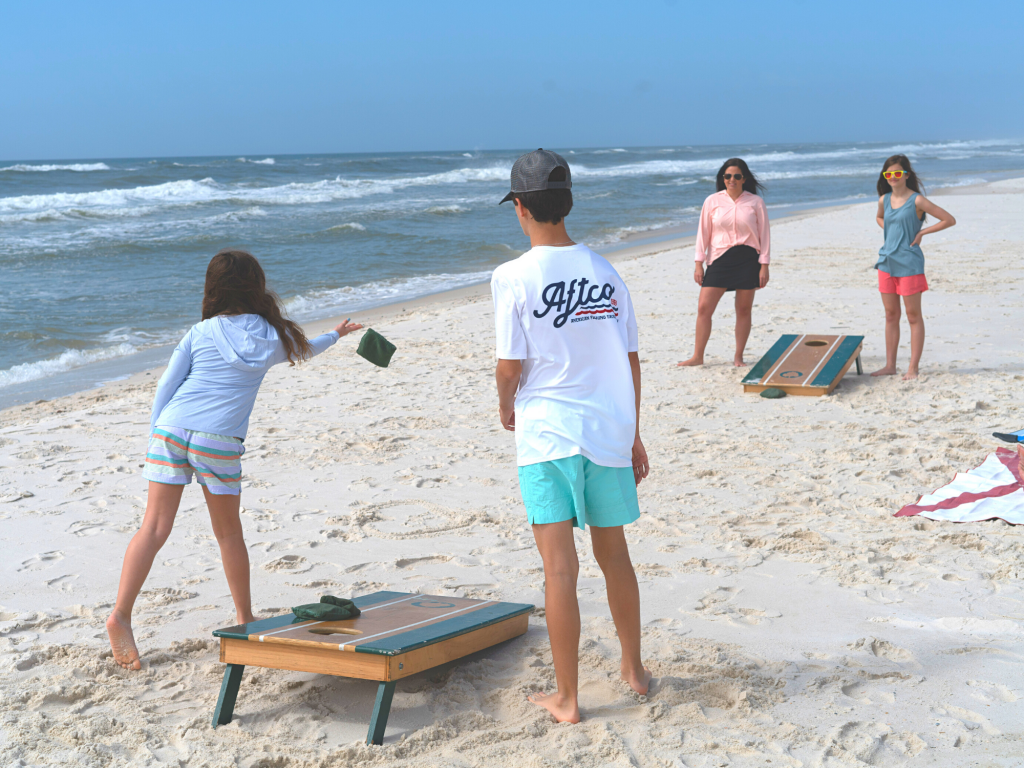10 Winter Camping Hacks for the Eco-Conscious Camper
Winter camping can be a pain in the butt, but it doesn’t have to be a pain on the Earth. Here are 10 sustainable hacks to help you stay warm, comfortable and eco-friendly on your next winter camping trip.
1. Use a Dry shampoo.
When it comes to conserving water, staying warm and staying fresh in the wilderness, dry shampoo is your new best friend. We recommend Mellow Oak’s “North Loop” Organic Dry Shampoo, which comes in a recyclable paper tube and is made with all-natural ingredients. It’s a quick, easy and eco-friendly way to freshen up your hair. The last thing you need is wet hair when it’s cold out.
Mellow Oak Organic Dry Shampoo
2. Insulate your tent with a reflective blanket or tarp.
Reflective blankets or tarps can be used to keep the heat in and reduce the need for additional heating sources such as propane heaters. Don’t forget to put the reflective side inwards for warmth so your heat goes back to you.
3.Use a camping stove that runs on renewable fuel sources.
Instead of using propane or gasoline, find a camping stove that runs on wood, twigs, or pellets. Not only are these options more sustainable, but you can impress your friends and cook over an open flame. One of our favorite products is BioLite’s CampStove 2+. It is a portable campfire that can cook your meals and charge your gear, all at the same time. It uses combustion technology to turn fire into electricity, so you can leave the gas canisters behind and use the sticks and twigs around you instead.
4. Invest in a camping mat made from sustainable materials.
Camping mats provide insulation between you and the ground. This can help to keep you warm and comfortable, especially in colder weather. Look for a camping mat made from recycled materials, natural rubber or cork, which will provide insulation and comfort while reducing the use of synthetic materials that are harmful to the environment.
5. Find a warming muscle salve.
When it comes to camping in winter, taking care of your muscles and skin is just as important as the clothes you put on. One product that can aid in this is a CBD muscle salve. We like Mellow Oak’s “Hike Recovery” CBD Muscle Salve, made with sustainably-sourced, organic ingredients with packaging made from post-consumer recycled materials. This eco-friendly choice is a great option to help take care of yourself during your trip.
Mellow Oak Hike Recovery CBD Muscle Cream
6.Use a solar-powered flashlight or lantern to conserve energy and reduce waste.
Winter camping often means shorter days and longer nights, so having a reliable source of light is essential. Solar-powered flashlights or lanterns are a sustainable alternative to traditional battery-powered options as they use the sun’s energy to charge and don’t require frequent battery replacement.
7. Use a water bottle to keep warm.
Instead of disposable hand warmers, bring a reusable hot water bottle or hand warmer filled with hot water. These options will be more sustainable, and you can refill them with hot water as needed. A lightweight option we recommend is the 32 oz. Alabama Outdoors Nalgene Wide Mouth Bottle. And don’t worry, Nalgene bottles are BPA free so you are safe to use that water the next day.
8. Make your own fire starters with household materials.
Starting fires in the cold, and often wet, winter months, can be a major challenge. Fortunately, household items like butter wrappers, cotton balls, old birthday candles, sawdust, egg cartons, and dryer lint can be saved from the landfill and turned into effective kindling. For example, it’s easy and virtually free to make fire starters by melting down old birthday candle stubs and pouring the wax over dryer lint or sawdust inside the cup from a paper egg carton. Get creative with what you can find around the house and experiment. Just take care to only use clean burning and naturally derived materials that won’t release noxious smoke. Trying to keep that fire going? Check out our favorite gadget, the Pocket Bellow Collapsible Tool, and be sure to always follow local fire ordnances and safety rules!
9. Stay warm and dry with wool clothing.
Natural fiber clothing doesn’t shed microplastic fibers into the environment, but cotton doesn’t wick moisture away from the skin when wet, which can cause discomfort, or in the extreme, can be life threatening in very cold, wet weather. Wool fabric moves moisture away from skin and maintains warmth even when wet, making it perfect as a winter base layer. Shop wool base layers here.
10. For outer layers, choose PFC-free rain/snow gear.
One of the biggest environmental concerns with modern rain protection is the use of perfluorochemicals (PFCs) as a durable water repellent (DWR) finish. These toxic compounds, also known as “forever chemicals,” do not readily break down in the environment, but are found in many common products and will wear off your jacket, sleeping bag, tent, etc., with use, polluting the environment. Waxed canvas jackets can be a good alternative to synthetic materials, but may not always be the most practical option. More outdoor companies are introducing PFC-free gear all the time.
By following these sustainable camping hacks, you’ll be able to enjoy your winter camping experience without sacrificing your commitment to the environment. Happy camping!
Written by: Mike Black, co-founder of Mellow Oak. Mellow Oak is a local Birmingham business focused on high-quality wellness products with sustainable, all-natural ingredients, sourced from trusted producers while minimizing waste. Check them out and give them a follow!
Ready to be outdoors more this year? We have the camping + outdoor gear you need to get you on the trails! We want everyone to enjoy the outdoors, and we work to build loyalty one connection at a time. Visit one of our stores or take advantage of our shipping or curbside pickup! #BeOutdoors
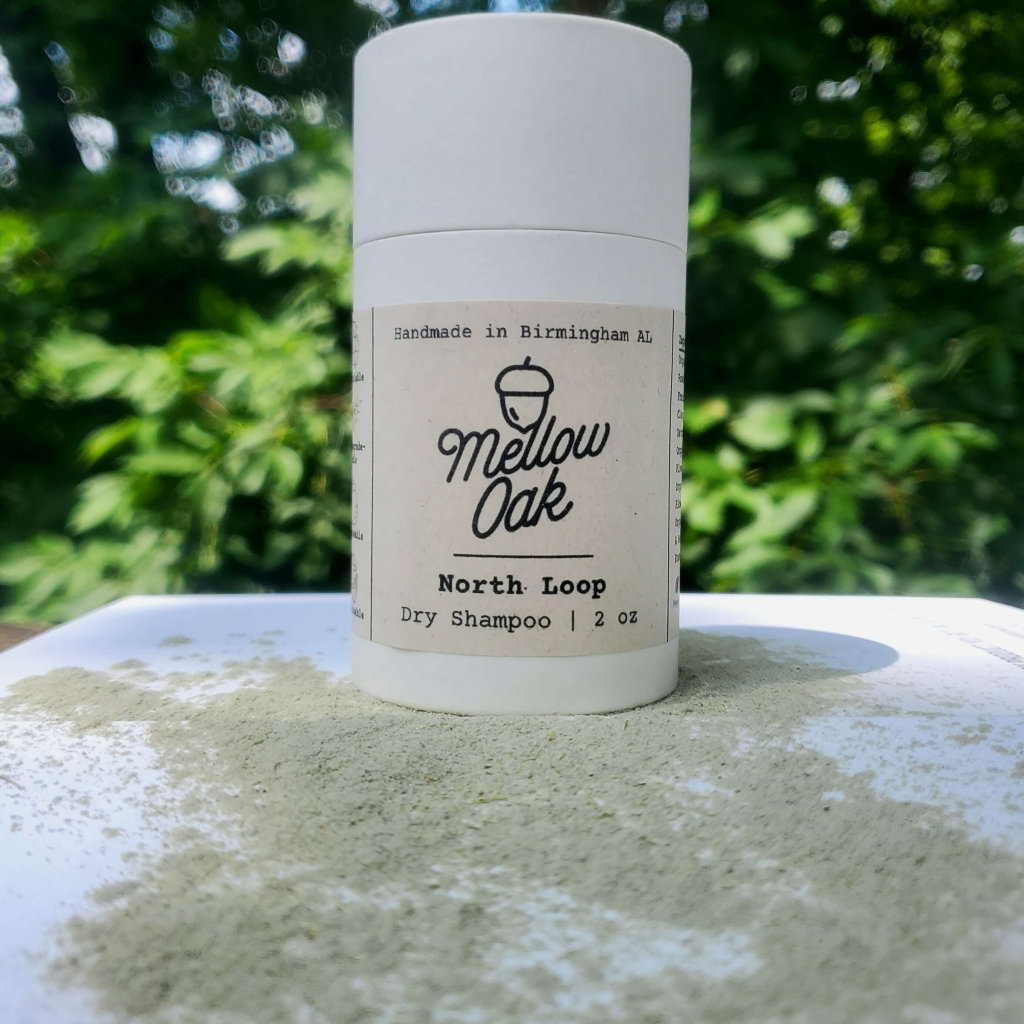
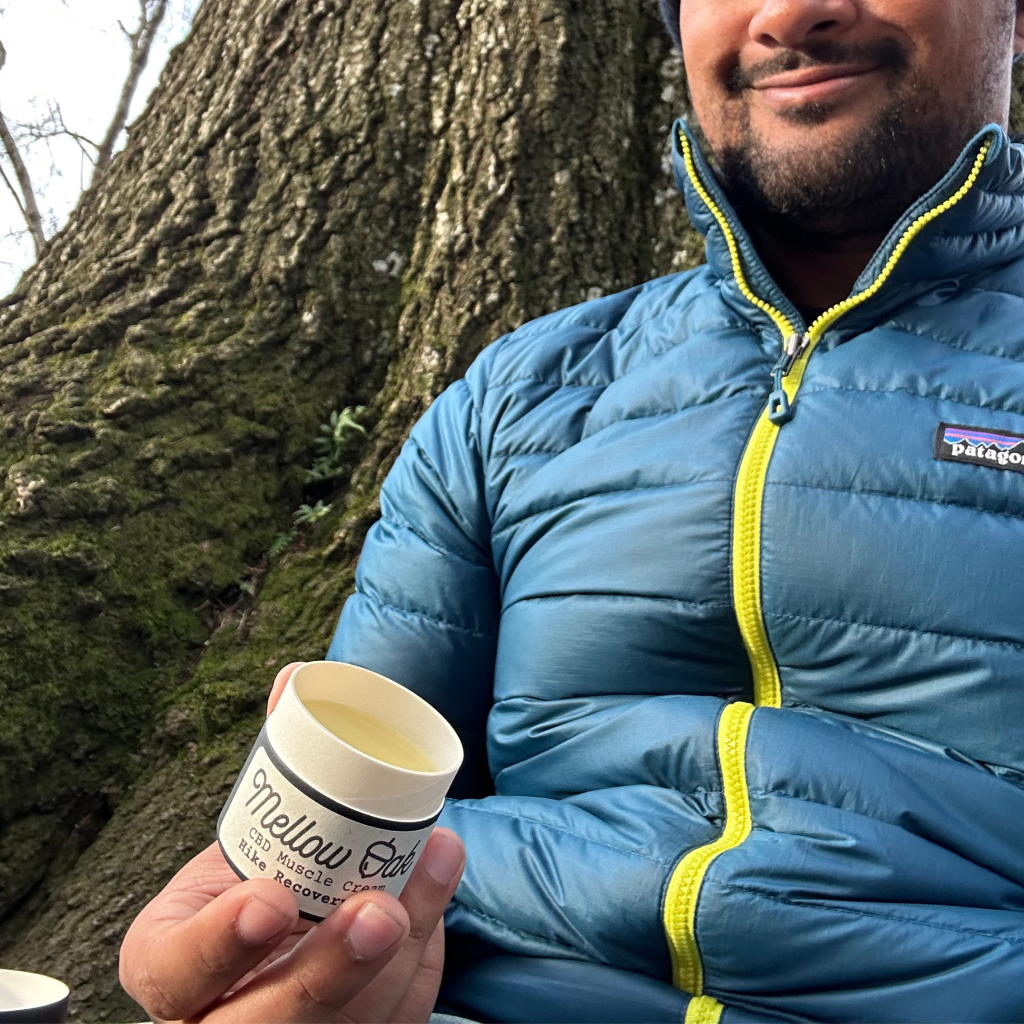

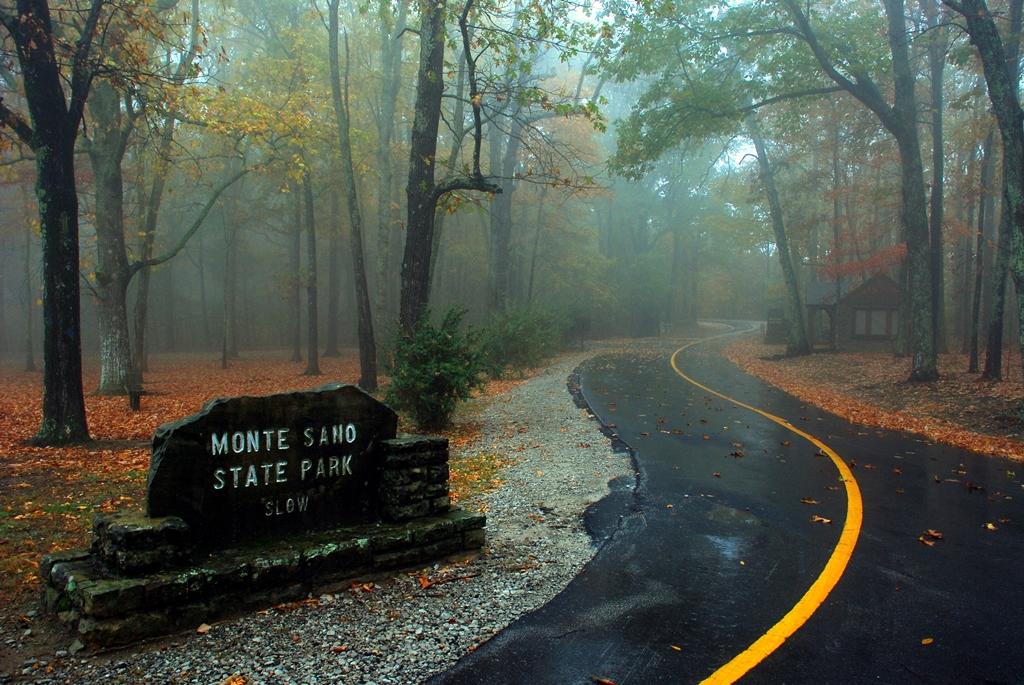
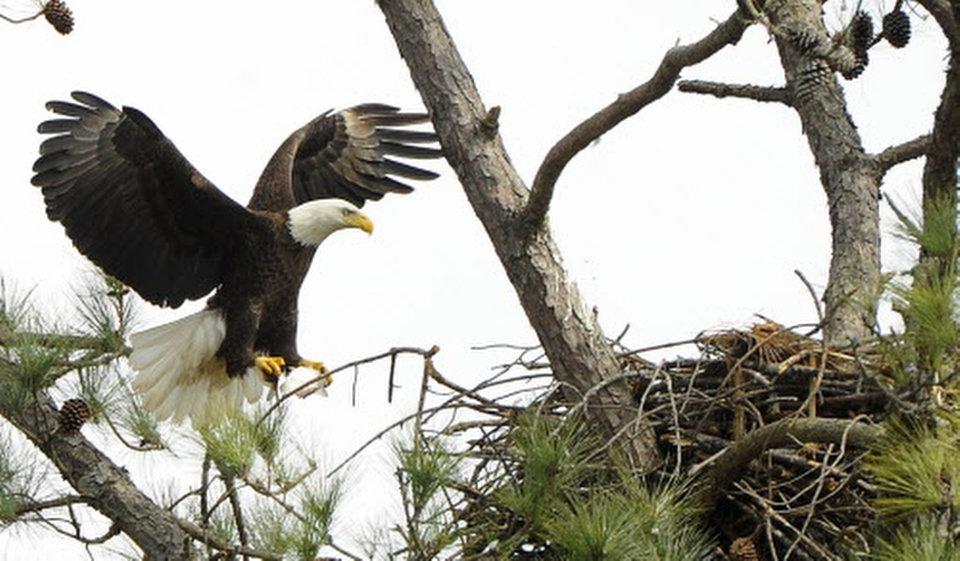


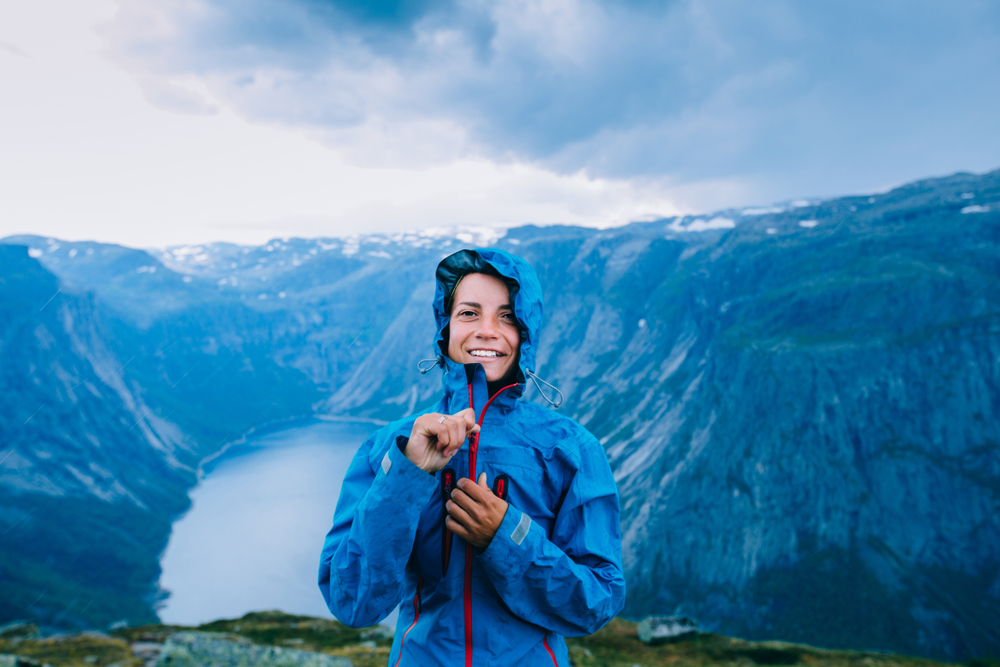





















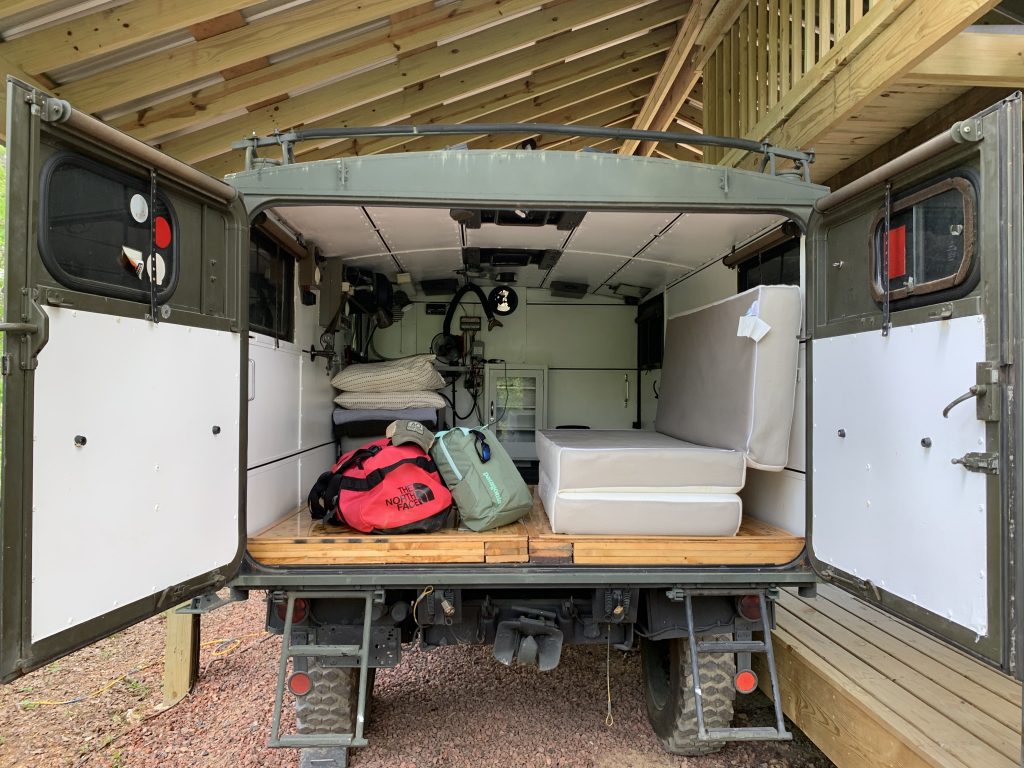 I love to explore, and I am always looking for new and unique experiences to enjoy around our great state of Alabama. I also enjoy spreading that knowledge on to the followers of Alabama Outdoors – because hey, sometimes you don’t think there is anything to do around here, and that can be the farthest from the truth. So, today’s adventure that I think you might love experiencing with a partner or even making it a great Father’s Day outing is off-grid camping inside of a German UNIMOG vehicle. Epic!
I love to explore, and I am always looking for new and unique experiences to enjoy around our great state of Alabama. I also enjoy spreading that knowledge on to the followers of Alabama Outdoors – because hey, sometimes you don’t think there is anything to do around here, and that can be the farthest from the truth. So, today’s adventure that I think you might love experiencing with a partner or even making it a great Father’s Day outing is off-grid camping inside of a German UNIMOG vehicle. Epic!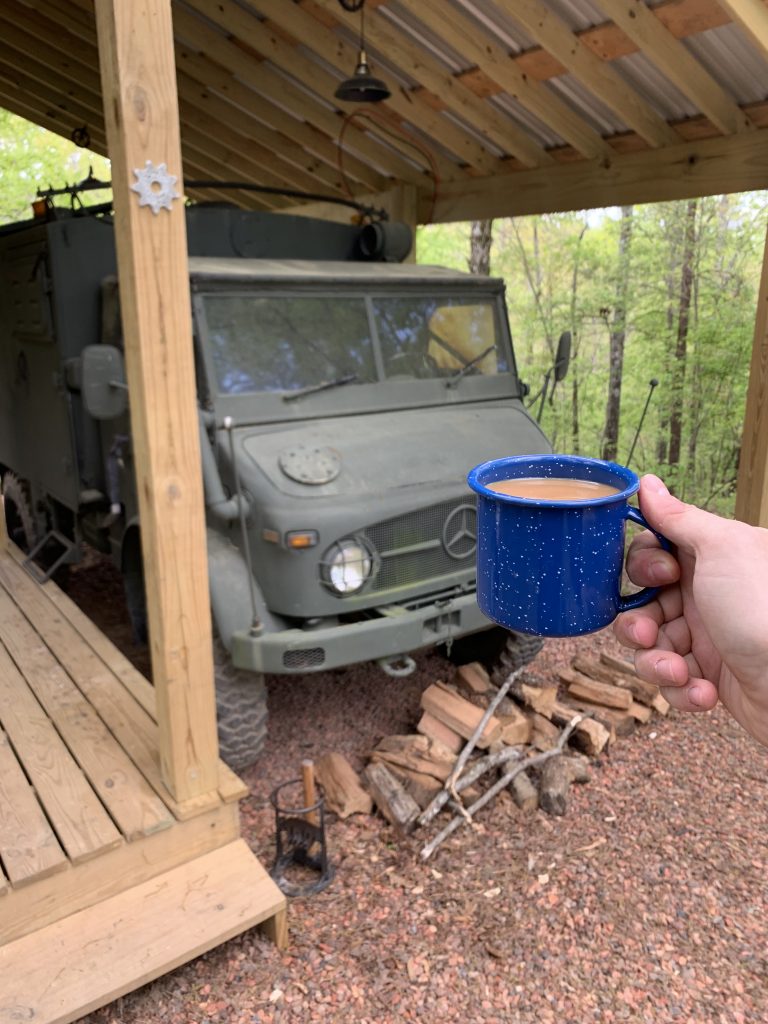 The UNIMOG is on Mog Mountain and is one of three Airbnb spots at the pet-friendly Case Rock Eco-Retreat. The main area to sleep is inside a 1966 UNIMOG used on the film sets of The Walking Dead and The Hunger Games. It is a four-wheel-drive military vehicle. There is a comfortable wooden pavilion that houses the Mog. It includes a kitchen, a living and dining space, an observation deck, a sleeping loft, an outdoor shower, and a composting toilet. All of this overlooks a fire pit and plenty of trees to hang your hammock up and chill.
The UNIMOG is on Mog Mountain and is one of three Airbnb spots at the pet-friendly Case Rock Eco-Retreat. The main area to sleep is inside a 1966 UNIMOG used on the film sets of The Walking Dead and The Hunger Games. It is a four-wheel-drive military vehicle. There is a comfortable wooden pavilion that houses the Mog. It includes a kitchen, a living and dining space, an observation deck, a sleeping loft, an outdoor shower, and a composting toilet. All of this overlooks a fire pit and plenty of trees to hang your hammock up and chill.